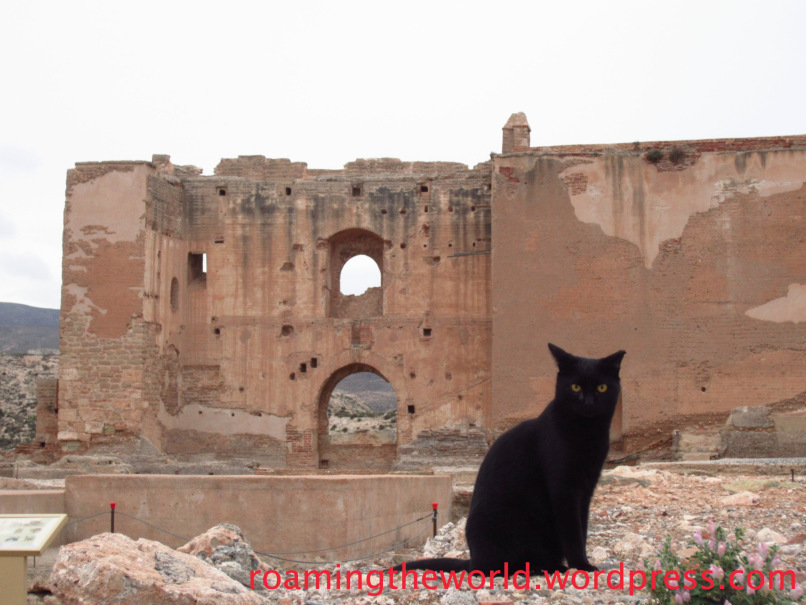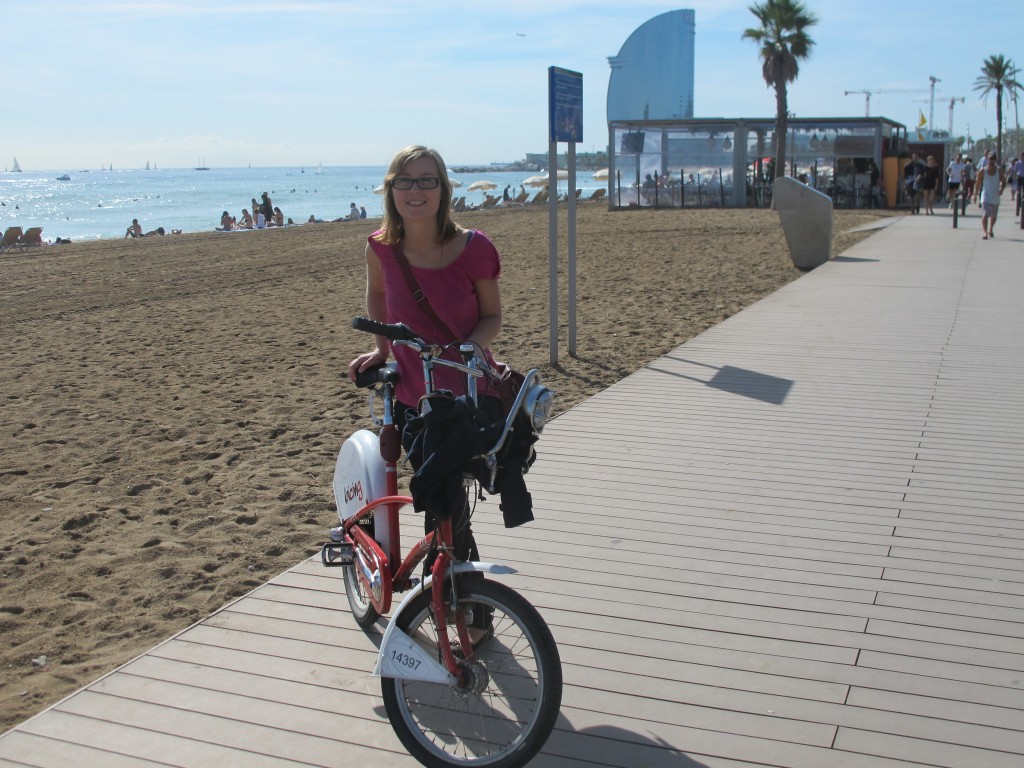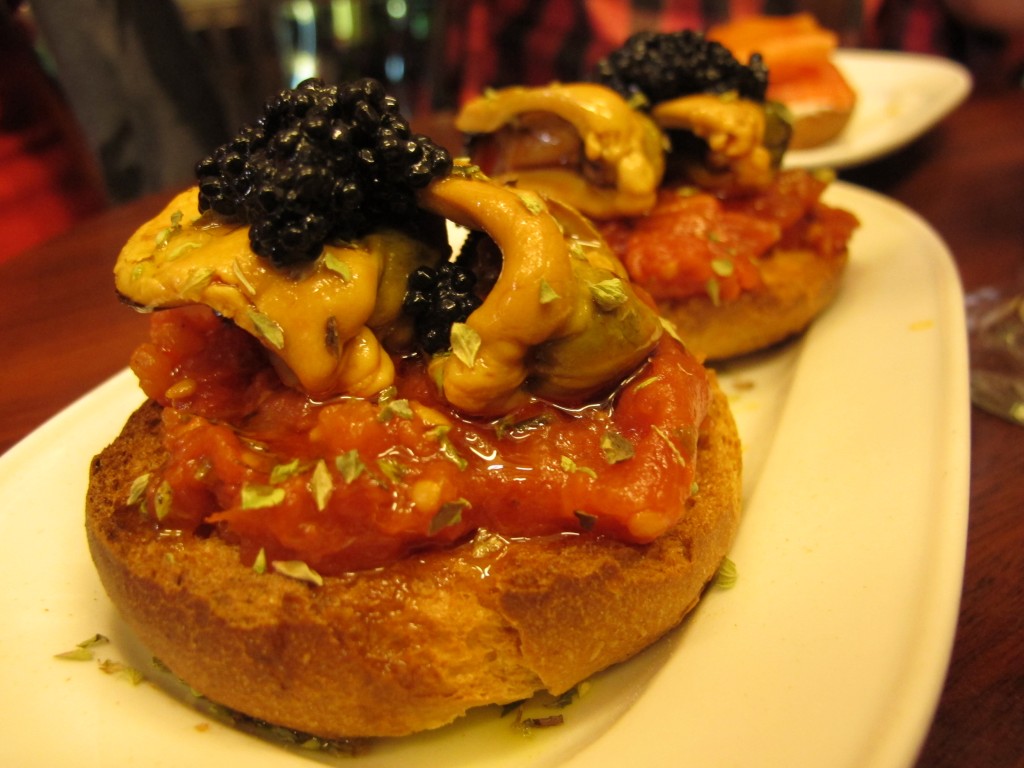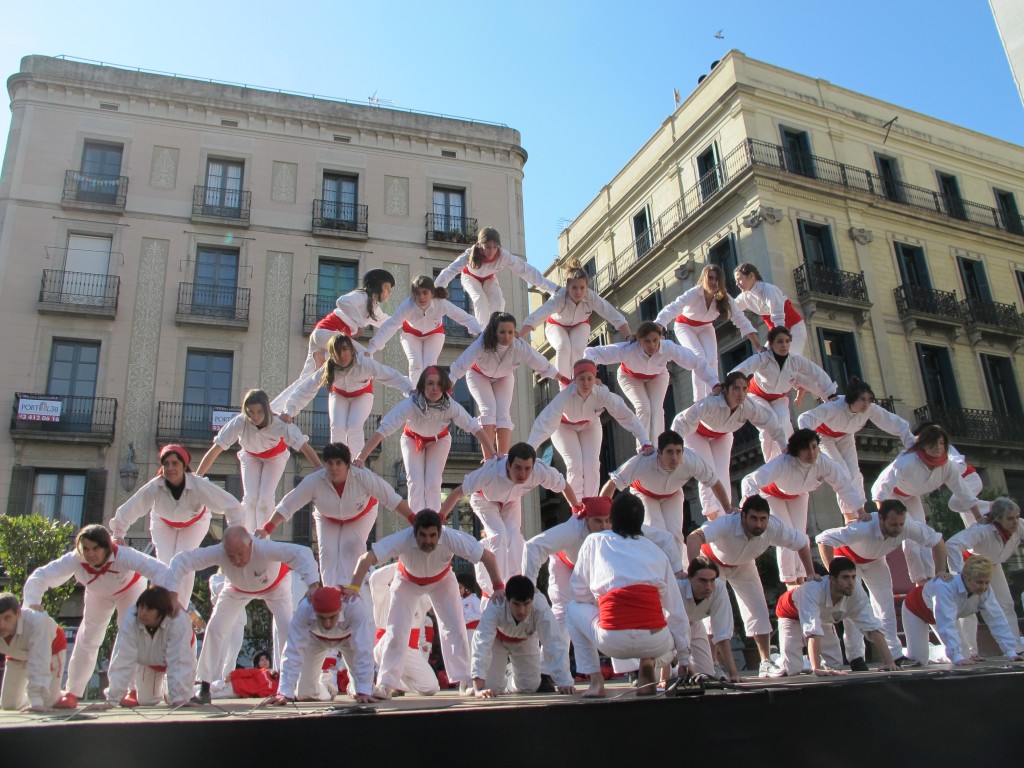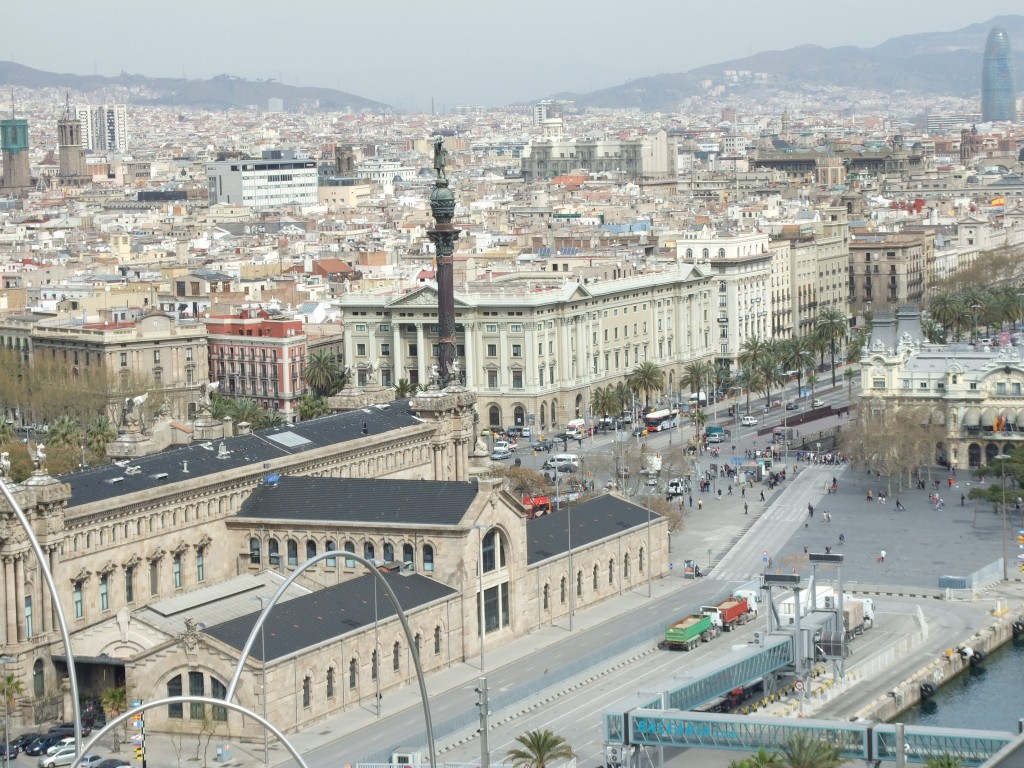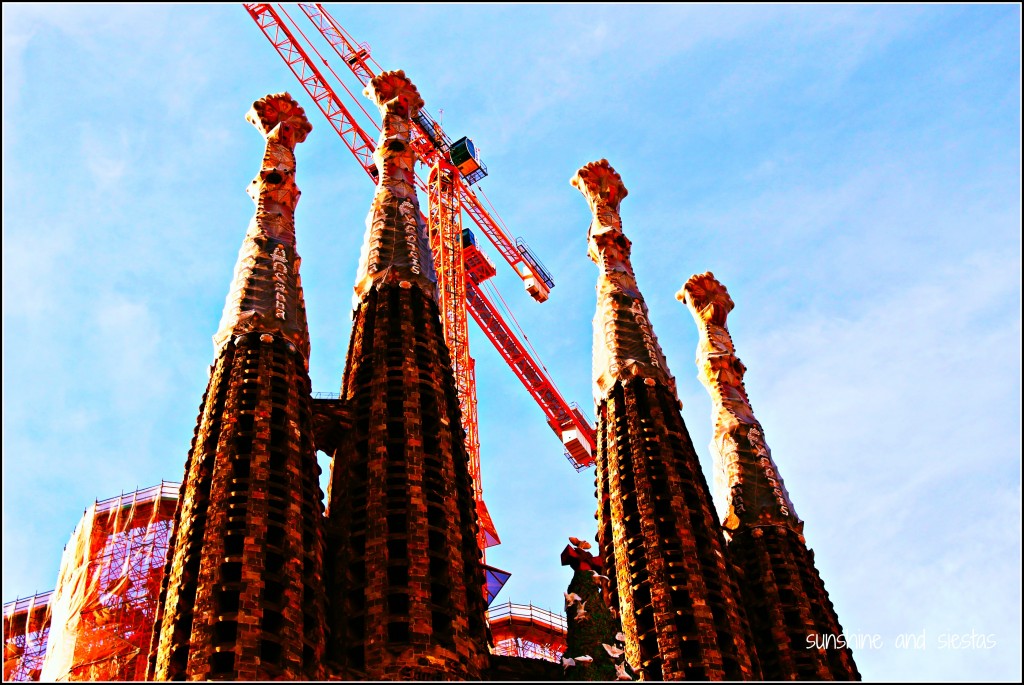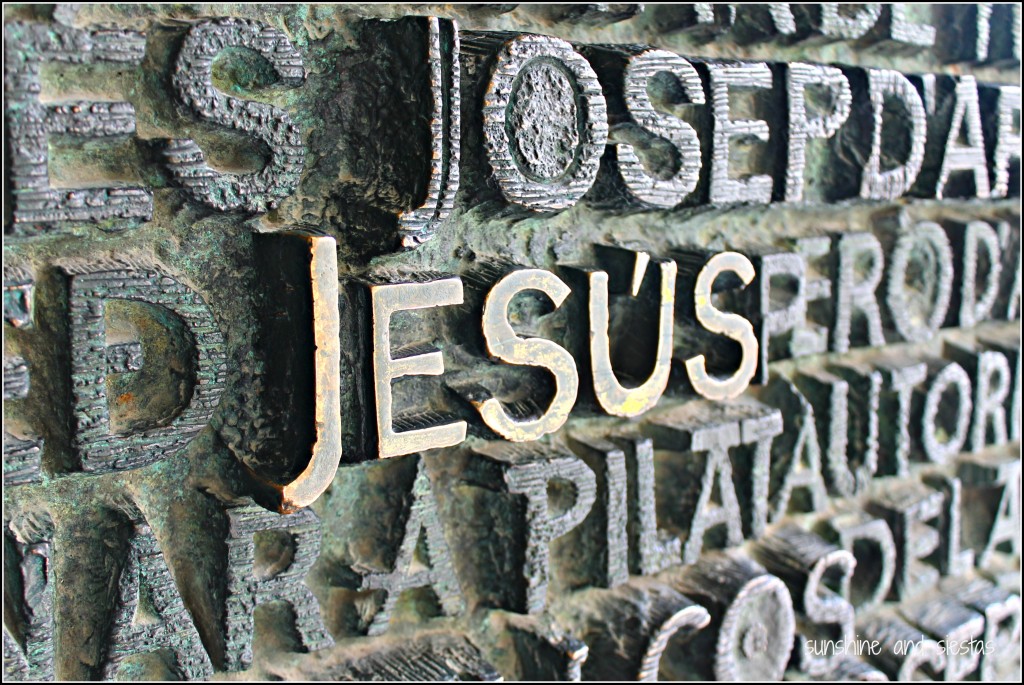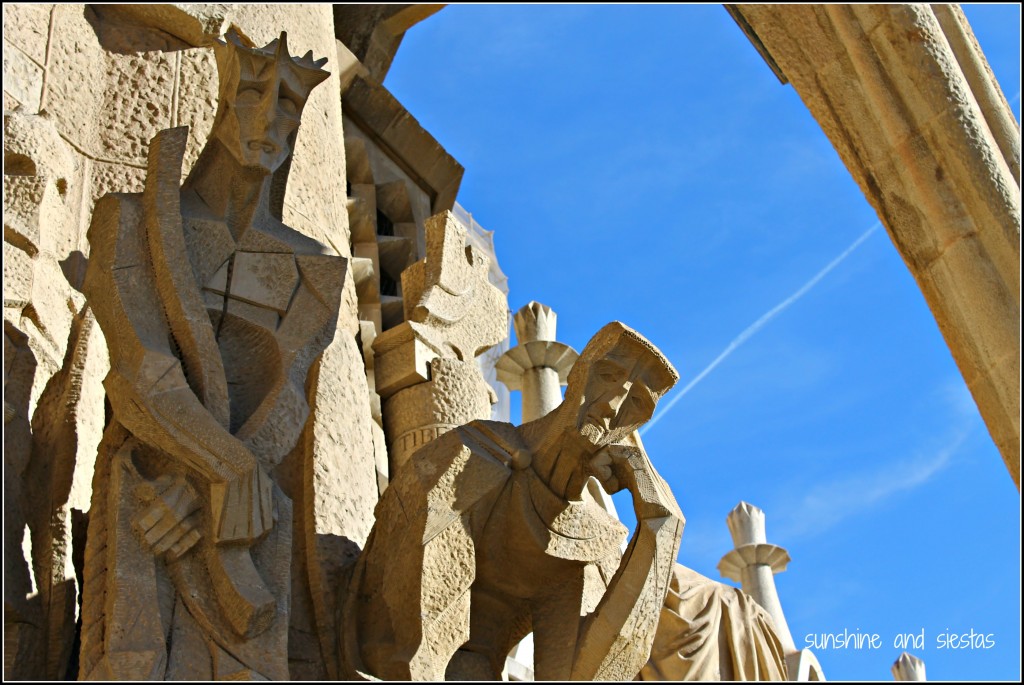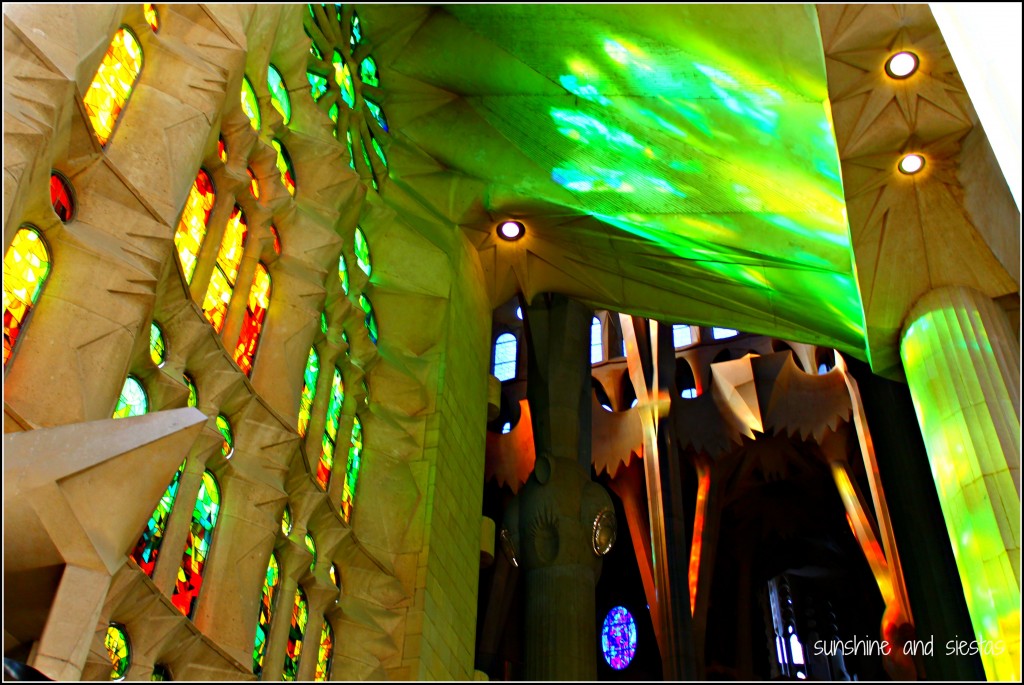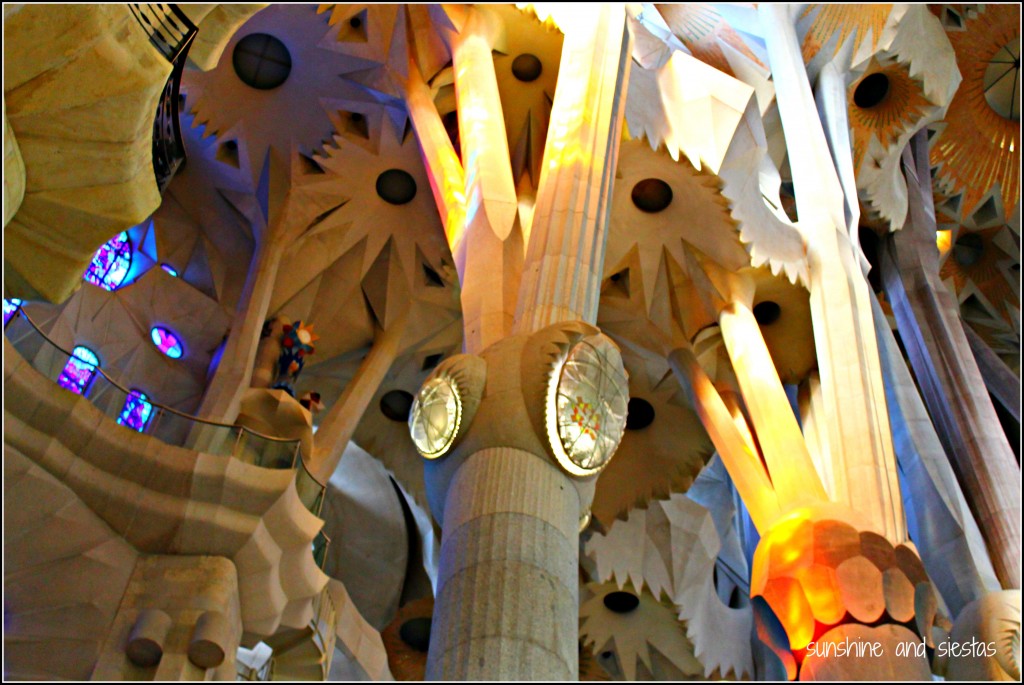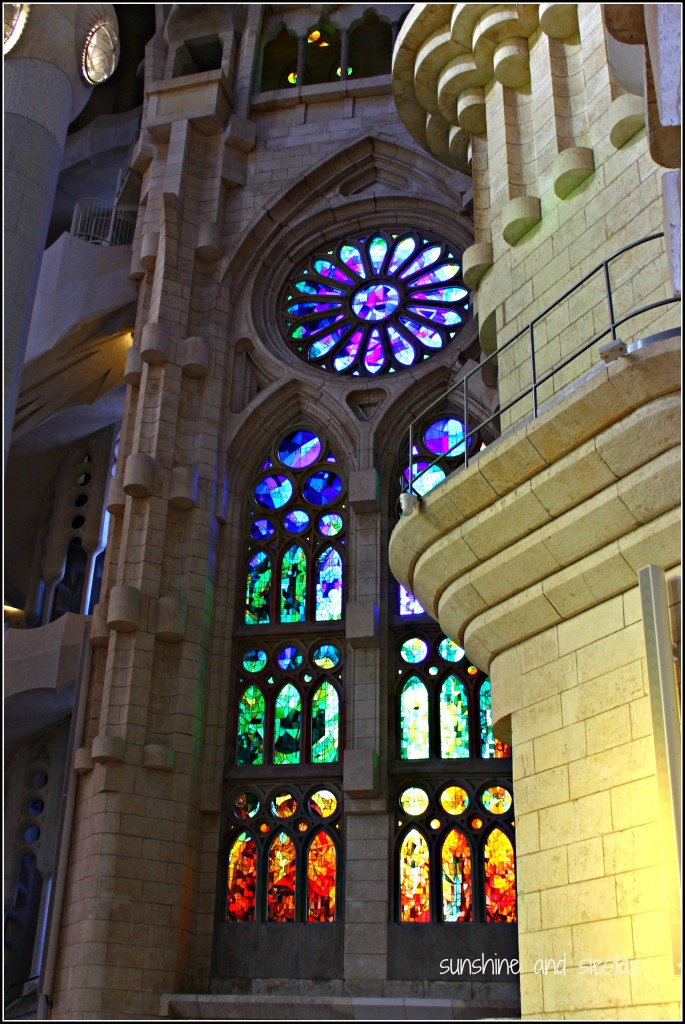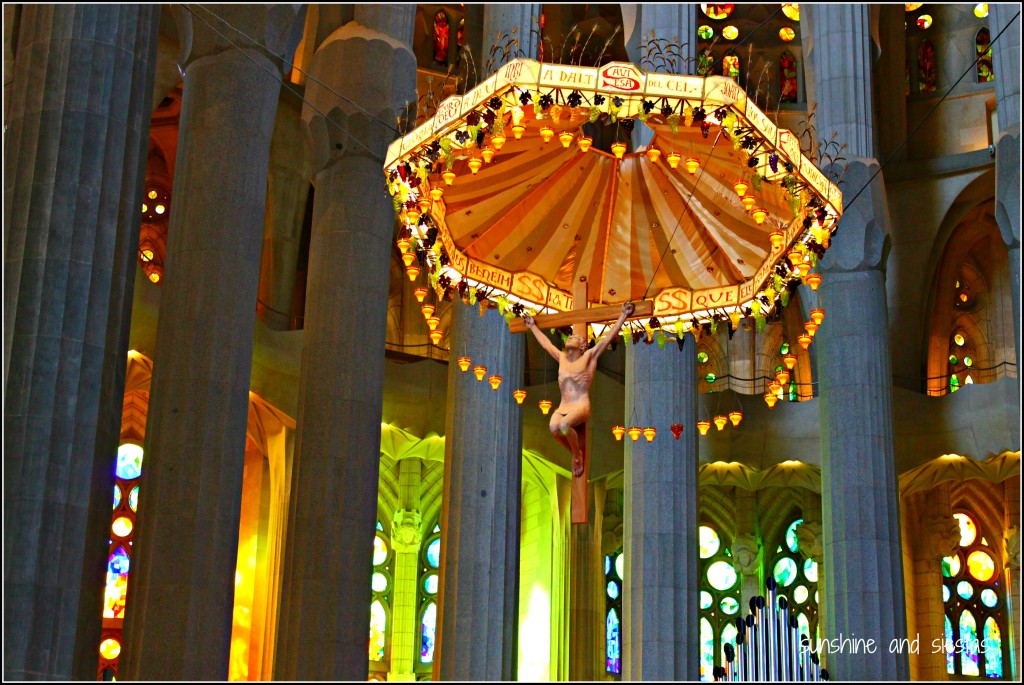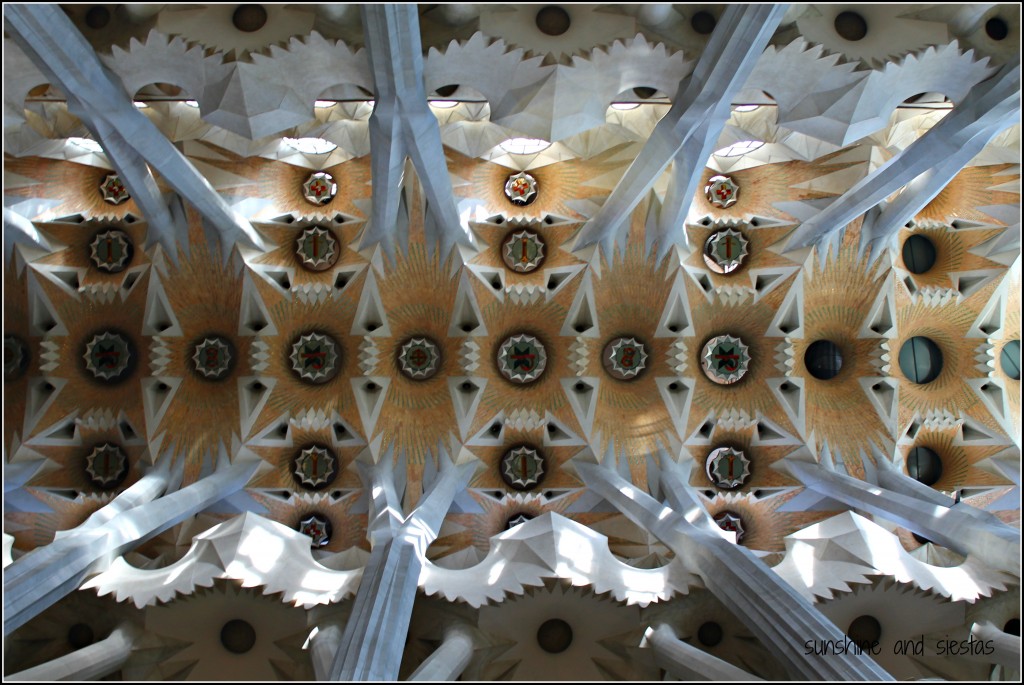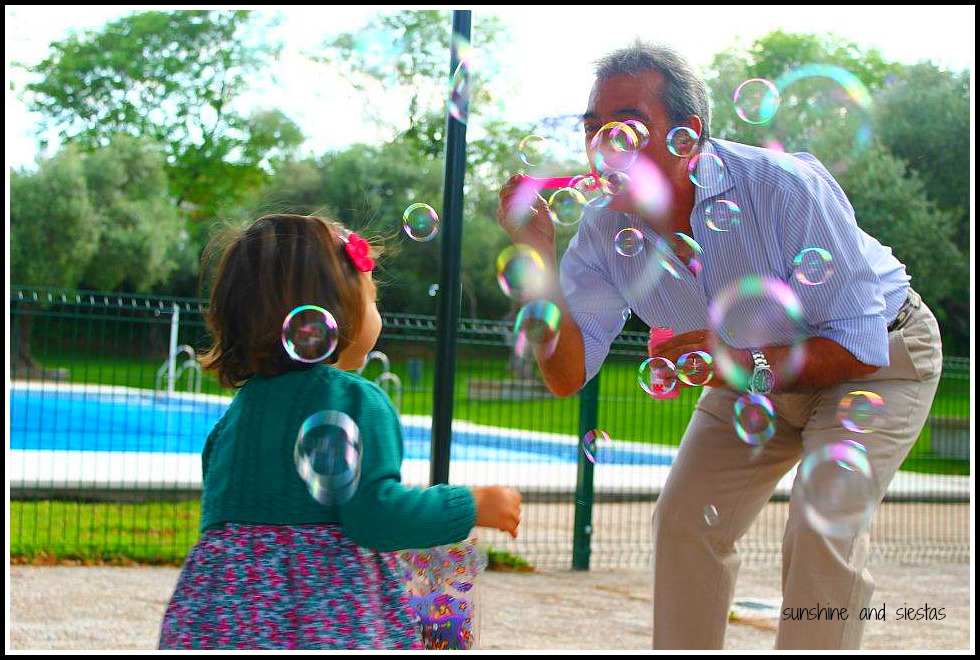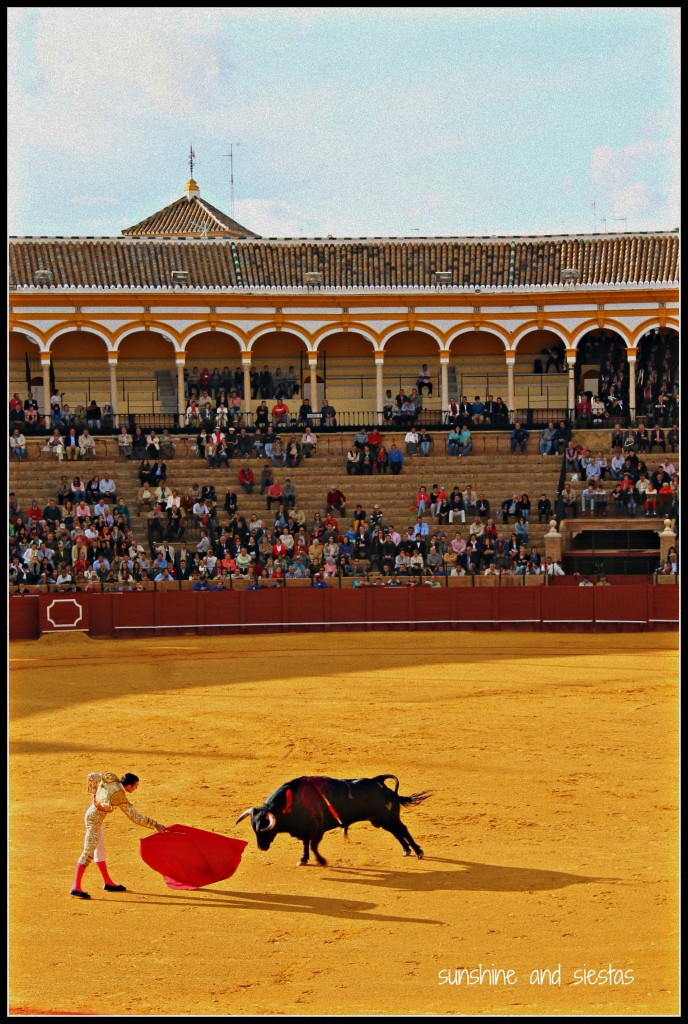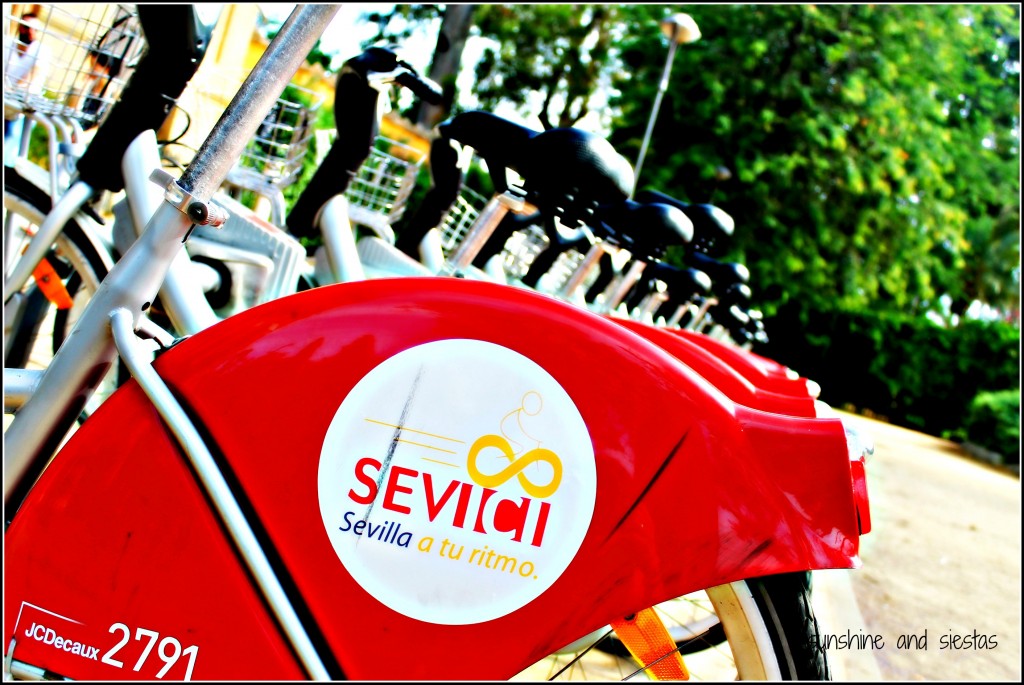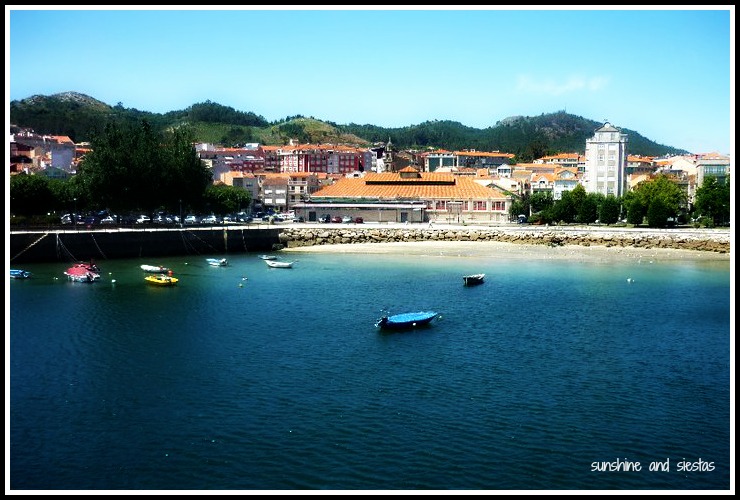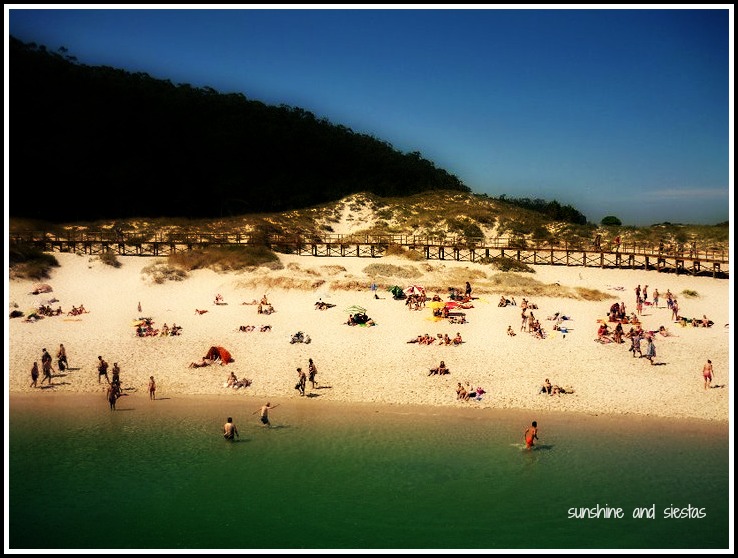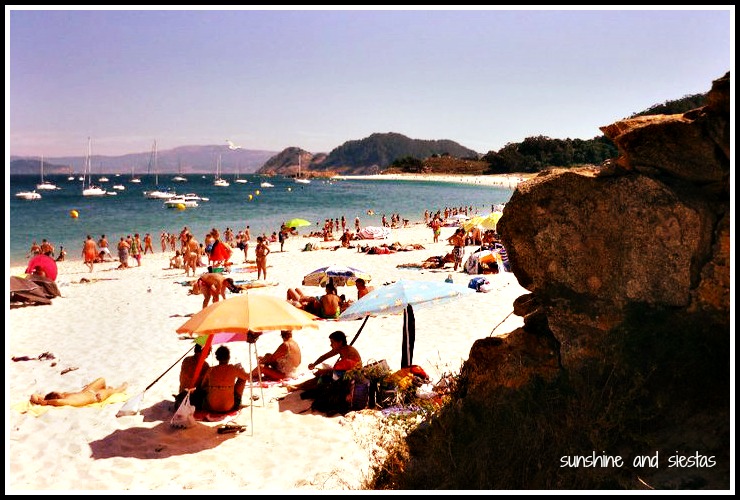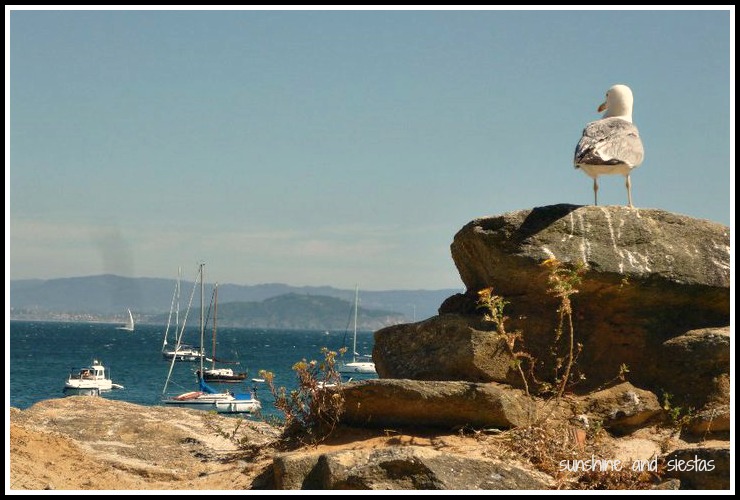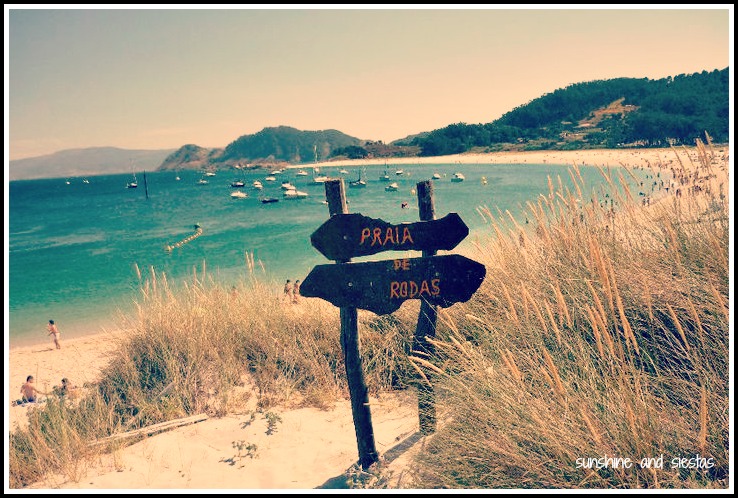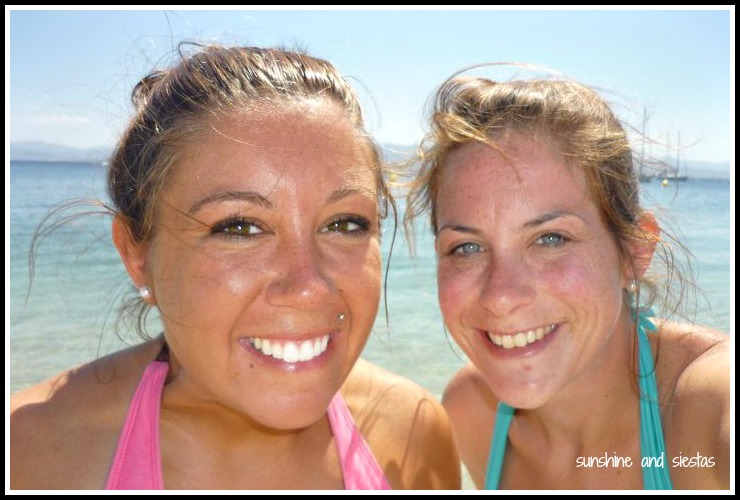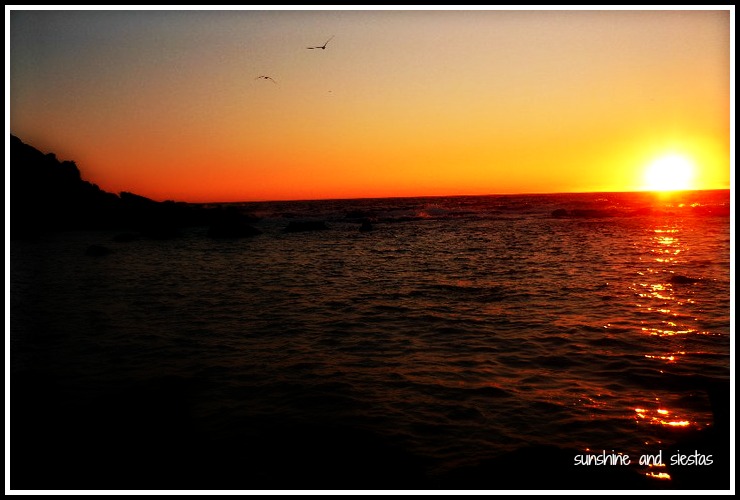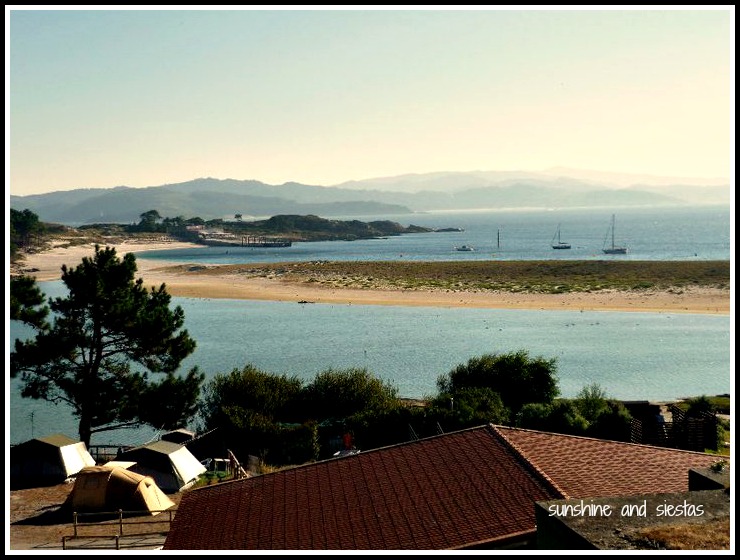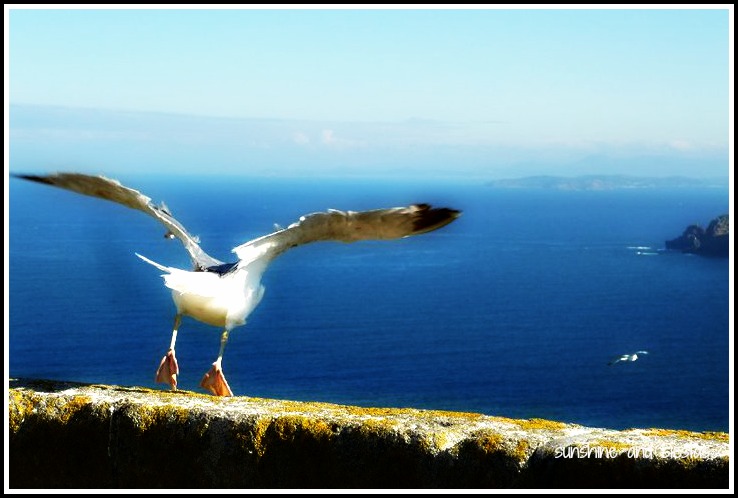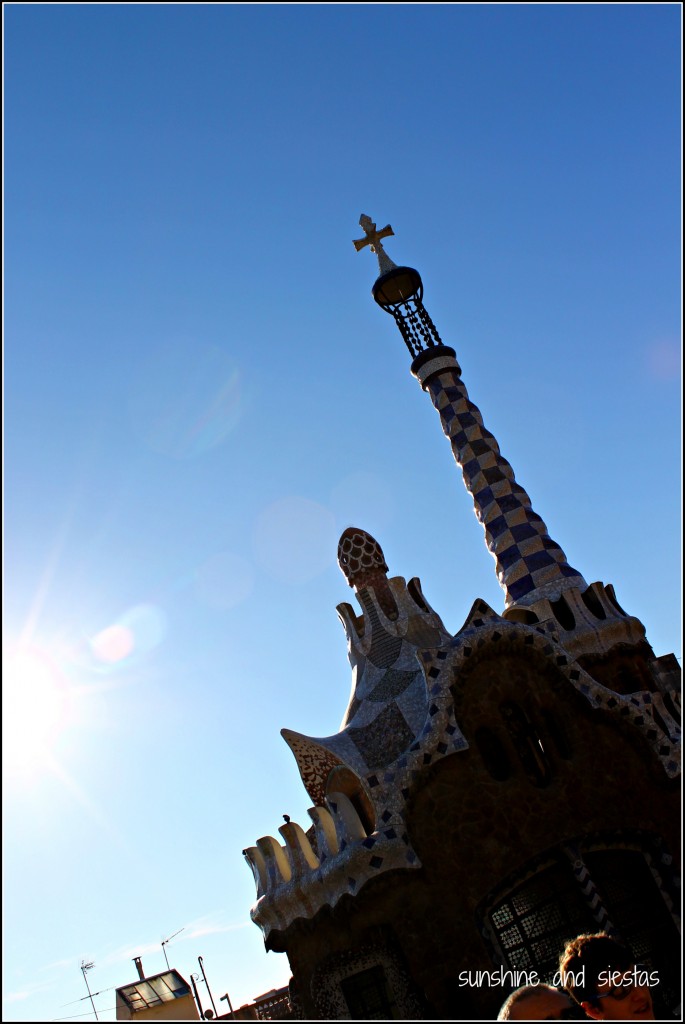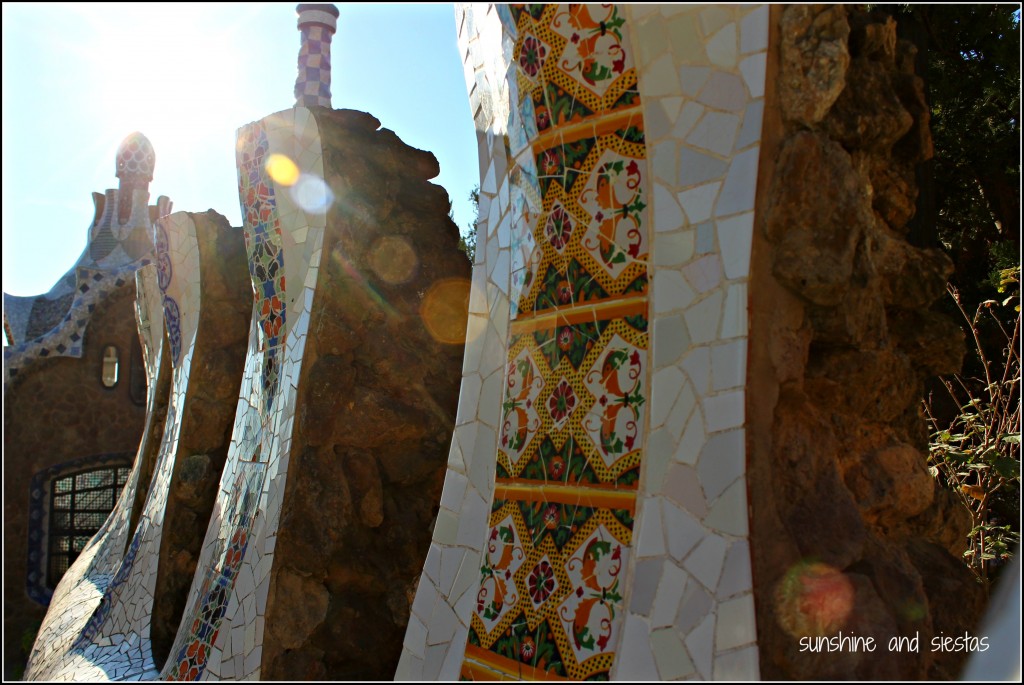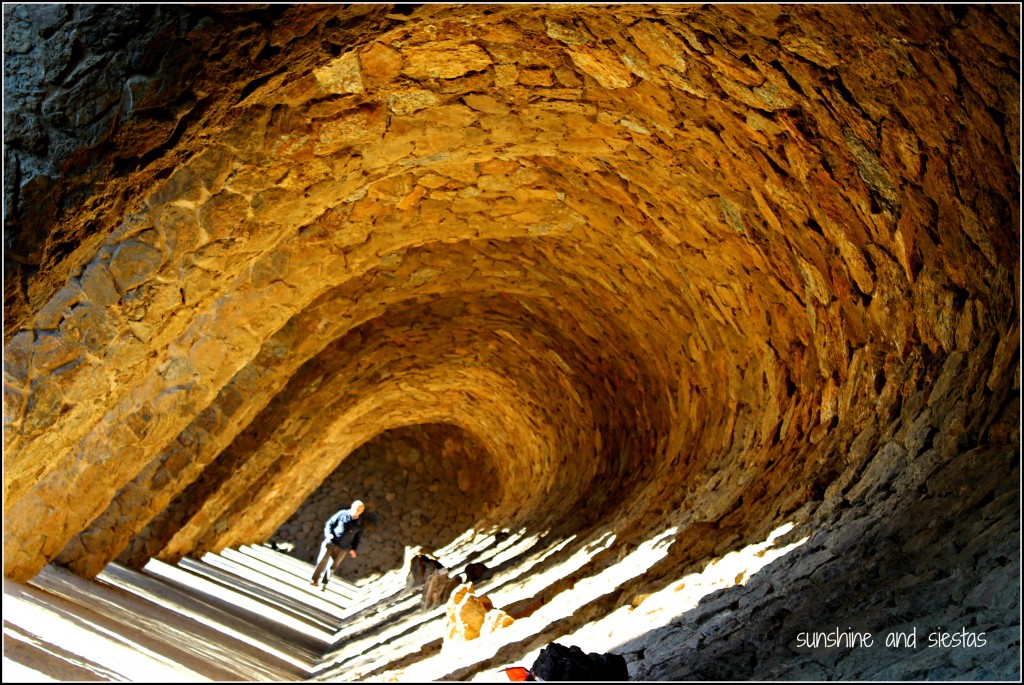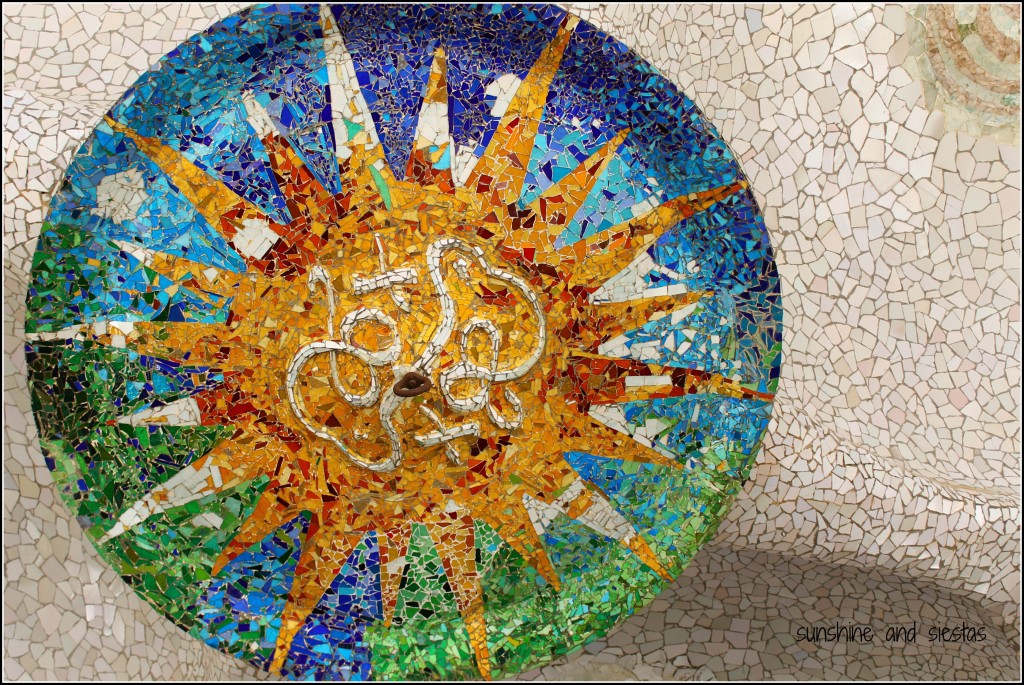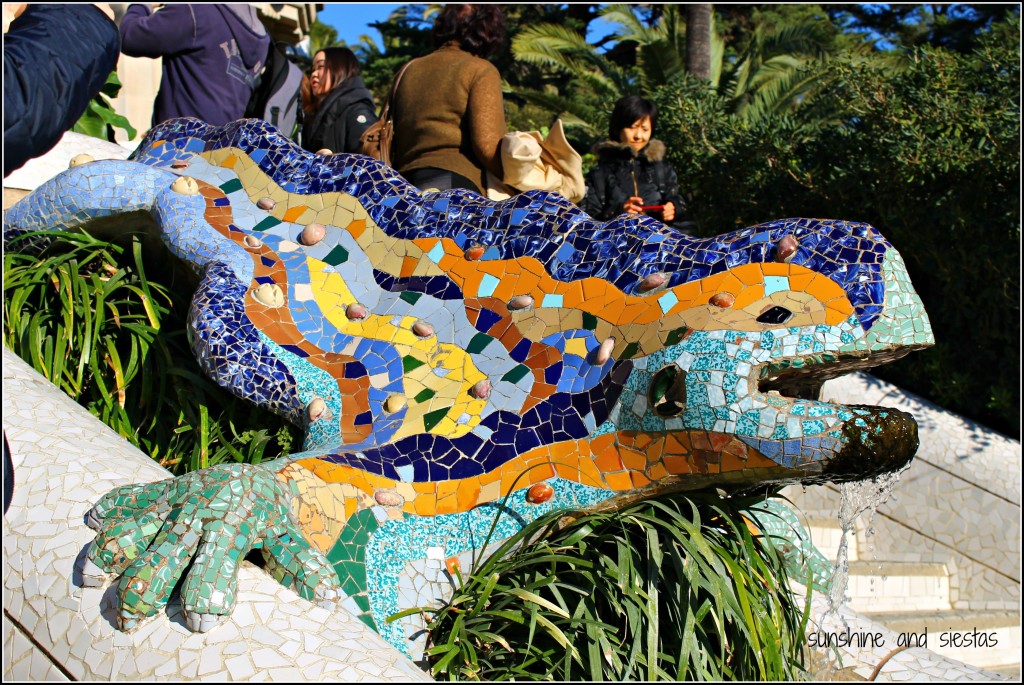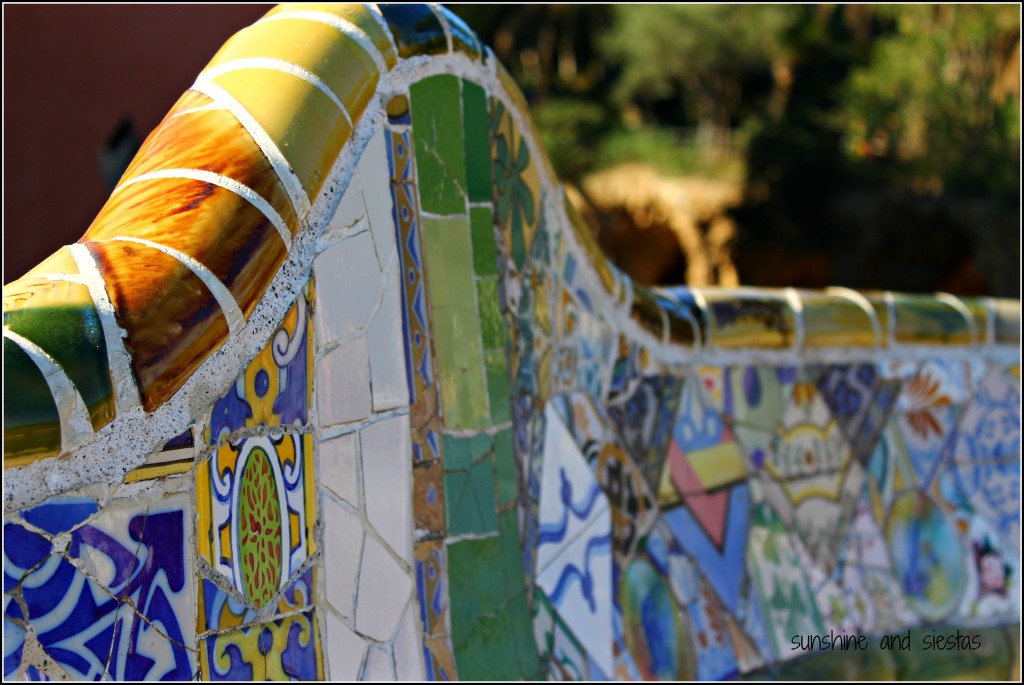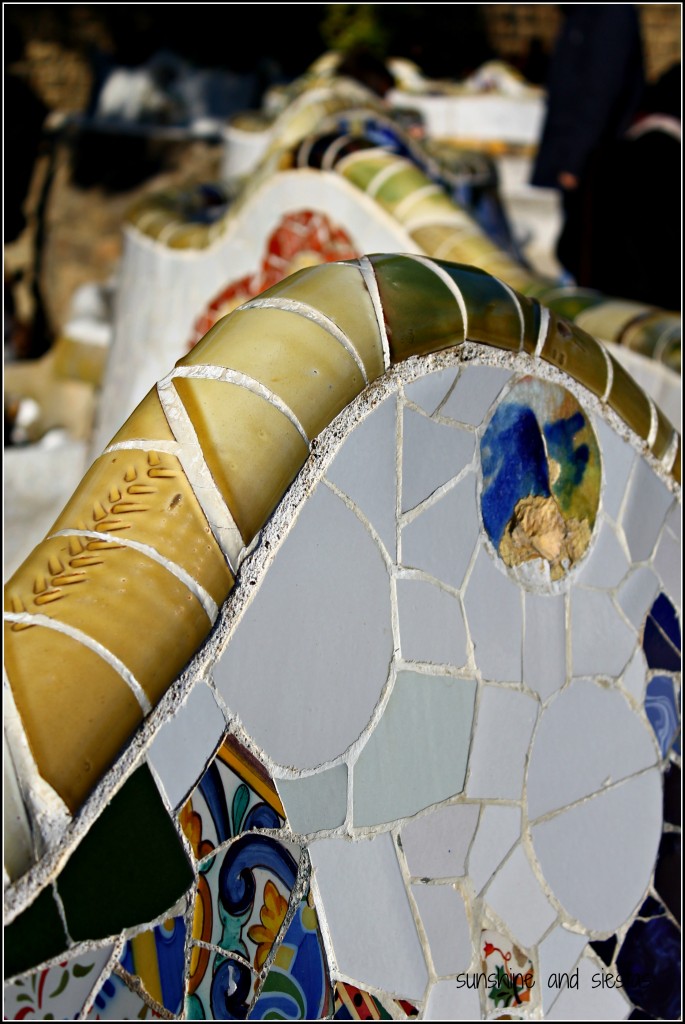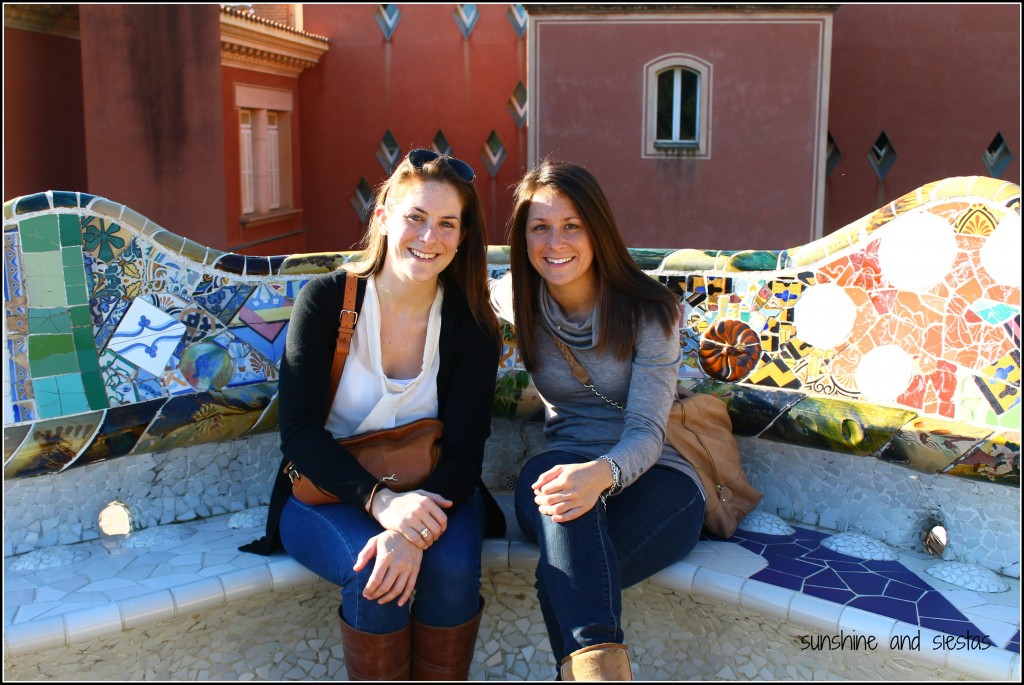With beautiful vistas of the sea with a sharp red desert contrast the background in which lies the city of Almería. It may not be the most picturesque city in Andalucía but it has a few unexpected gems: the sea, you choose free tapas and treasures from Moorish rule, including the Alcazaba of Almería. Second biggest fortress, the alcazaba, was built by the Moors during their rule in Spain, though the Alhambra of Granada takes the grand prize. Most don’t know about the Alcazaba but it’s certainly worth a visit if you’re in the area.
Lauren David writes at Roamingtheworld, which began in 2007 when she set off with a one-way ticket to travel from Eastern to Southern Africa solo. Nine months later, she accomplished a dream and stayed put in the San Francisco area until she got itchy feet 3 years later and moved to Andalucía, Spain in 2011. She’s traded sunny skies, free tapas for picturesque landscapes and occasional snowstorms in Basque country. Her blog is about life as an expat, travels, food, and the unexpected. Visit her atRoamingtheworld and follow her on Facebook.
